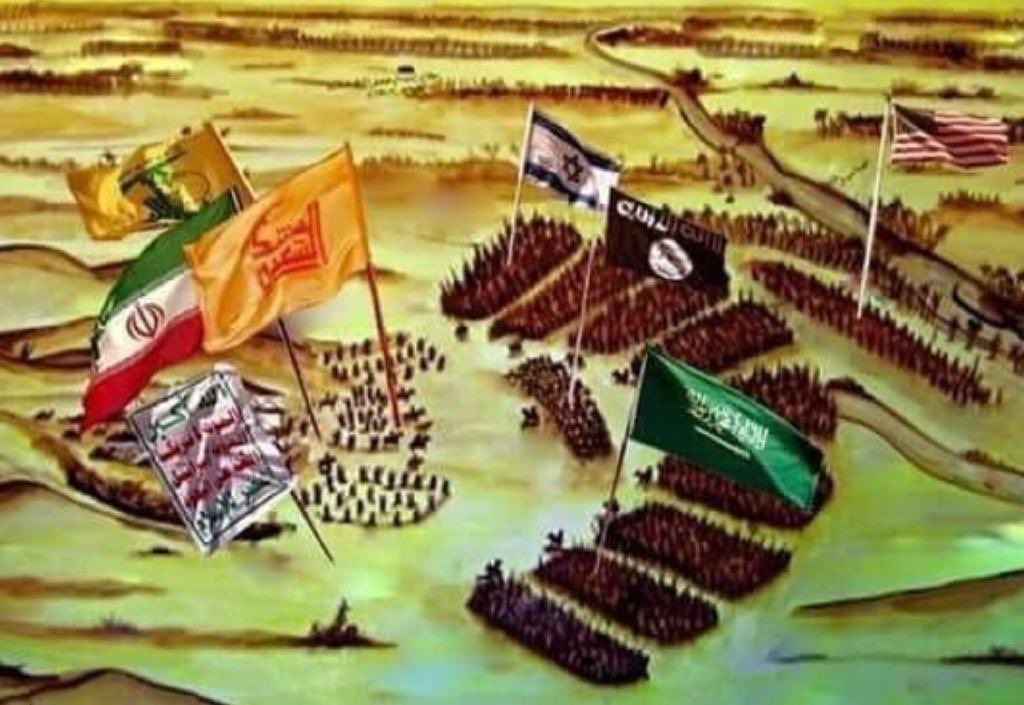The connection between Hezbollah and the Shiites in southern Lebanon is deep and prominent, that’s the fertile ground Hezbollah grew out of.
Religion is the central component of traditional cultures. We will not claim that all the religious organizations or religious publications are part of this information warfare. However, here is one example of the use of religion for an inauthentic purpose:
The Karbala War (in Arabic – معركة كربلاء – “the Karbala Campaign”) took place on the 10th of Muharram (the first month of the Islamic calendar) in the year 61 (9th or 10th of October 680) in Karbala which is located in present-day Iraq. The war was waged between the relatives and supporters of Hussein ibn Ali, grandson of the Prophet Muhammad, and a military force sent by Umayyad caliph Yazid I.
According to the traditional teachings, Hussein’s camp was comprised of the Prophet Muhammad’s family members, 128 in all, including very elderly (older than 90) and very young (6 months old) people. Hussein and several of his followers went to war alongside their wives and children. Umayyad caliph Yazid I’s armed forces were led by Omar ibn Saad.

In the illustration, we can see a fresh and original categorization of the battling forces. The smaller force (Shiites) on the left is represented by Hezbollah’s flag and other Iranian proxies. On the right, the larger force (Sunnis?) is represented by the Israeli, ISIS (black and white), and Saudi (green) flags. The force in the rear is the hegemonic United States…
This is obviously not a real representation of the original battle, framing today’s alliances and rivalries as a religious issue appears false and manipulative.





